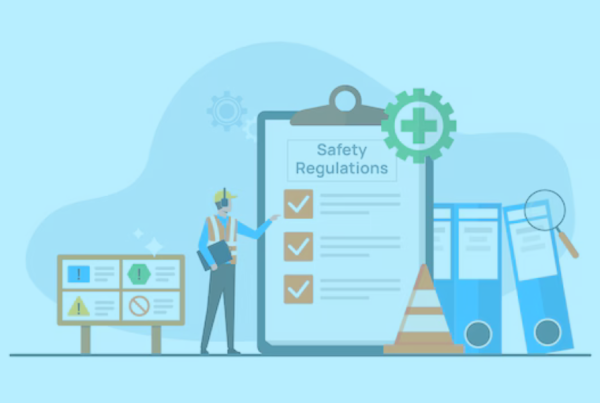In an era where supply chain disruptions have become increasingly common. Amazon’s approach to managing these challenges stands out as a beacon of innovation and resilience. The e-commerce giant, known for its vast selection and rapid delivery, has developed a robust supply chain management strategy. Which not only addresses current disruptions but also anticipates future challenges. This article delves into the intricacies of Amazon’s supply chain management, logistics optimization, and the agile practices that contribute to its supply chain resilience.
Amazon Supply Chain Management:
At the heart of Amazon’s success is its sophisticated supply chain management system. The company has mastered the art of integrating technology with logistics, ensuring that products are moved efficiently from suppliers to customers. By leveraging big data analytics, Amazon can predict demand, adjust inventory levels, and optimize routing, reducing delivery times and costs. This data-driven approach allows Amazon to maintain a competitive edge, ensuring customer satisfaction and loyalty.
Amazon Supply Chain Strategy:
Amazon’s supply chain strategy is built on a foundation of flexibility and adaptability. The company invests heavily in its logistics network, including warehouses, fulfillment centers, and transportation capabilities, to ensure that it can quickly respond to changing market conditions. Amazon also utilizes a multi-tiered supply chain model, which includes managing relationships with thousands of suppliers while also developing its private label products. This diversity in sourcing and product offerings enhances Amazon’s ability to navigate disruptions, whether they are caused by natural disasters, geopolitical tensions, or changes in consumer behavior.

Amazon Logistics Optimization:
Logistics optimization is another pillar of Amazon’s supply chain strategy. The company employs advanced algorithms and machine learning to streamline its operations, from inventory management to last-mile delivery. Amazon’s use of drones and autonomous vehicles for delivery is a testament to its commitment to innovation in logistics. Additionally, Amazon’s Prime membership program, which promises fast and free shipping, is supported by this intricate logistics network.
Supply Chain Resilience:
Resilience is perhaps the most critical aspect of Amazon’s supply chain management. In the face of global supply chain disruptions, Amazon has demonstrated an unparalleled ability to adapt and continue serving its customers without significant delays. This resilience is attributed to its agile supply chain practices, which include having a diversified supplier base, maintaining safety stock. These practices enable Amazon to absorb shocks and recover from disruptions more quickly than its competitors.
Agile Supply Chain Practices:
Agile supply chain practices are at the core of Amazon’s strategy to manage supply chain disruptions. The company’s ability to quickly adjust to changes in demand and supply conditions is a hallmark of its agility. Amazon continuously innovates its supply chain processes, whether through the adoption of new technologies, the exploration of alternative delivery methods, or the development of predictive analytics to foresee and mitigate potential disruptions.
Conclusion:
In conclusion, Amazon’s approach to managing supply chain disruptions is a multifaceted strategy that encompasses advanced technology, strategic planning, and agile practices. Through its focus on supply chain management, Amazon not only overcomes current challenges but also sets new standards in industry. As companies around the world seek to navigate an increasingly volatile global supply chain. Amazon’s strategies offer valuable lessons in building resilience and maintaining a competitive edge.




